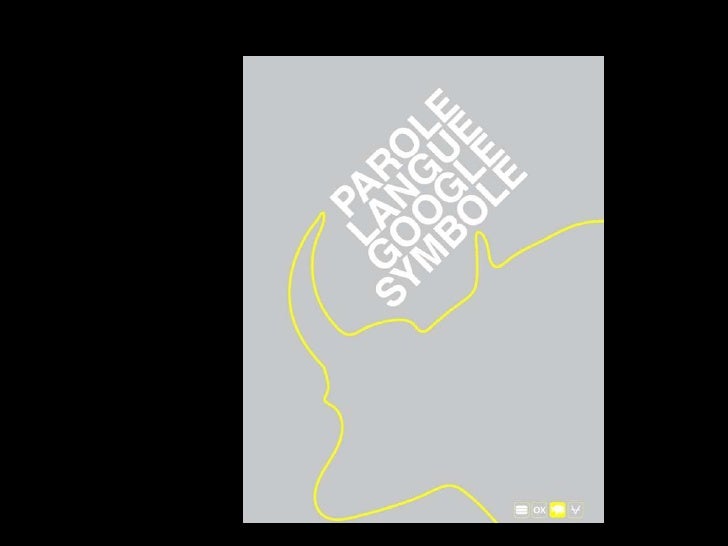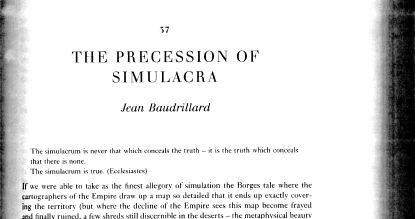


This is supposed to be where people live in a ‘real’ American town, but it is, again, a copy of something that never existed. That in reality the comforting image of Western democracy (as symbolised ultimately by American democracy) is an image with no real substance behind it.Īgain, this point is possibly made clearer by thinking about that bizarre town Disney Corp built called Celebration. Baudrillard says that process, and the comforting message it leaves us with, is the real simulacra. The sacking of the President is supposed to show that the system works, that no matter how the true nature of the system is distorted by a single, corrupt man, the system’s fundamental reality comes through in the end and reasserts itself. Baudrillard makes this point by discussing Nixon and Watergate. Not just that, but this is made even harder by the fact that we prefer the fake, whether this be in objects or in ideas or in ideologies.Īnd it is actually even worse than this, for the fake is used to hide the fact that there is no reality behind it. It is that what is ‘real’ and what is ‘fake’ now are much harder to tell apart. This isn’t just a point about how we have made the world more ‘artificial’, although, it means that too. You know, quite literally, a copy of something that never really existed.īaudrillard’s point is that this girl isn’t an exception in our modern world, but rather she is symptomatic of much of what our modern world actually means. For me Baudrillard’s simulacra can best be understood by thinking about that girl from the Ukraine who has had plastic surgery to look like a Barbie Doll.
Simulacra and simulation pdf full download series#
How can that be a good thing? For Plato, it was a very bad thing and so artists needed to be directed away from his ideal Republic.īaudrillard isn’t exactly a Platonist, well, any more than everyone else is, if that English guy is right about the whole of philosophy being a series of footnotes to Plato. So, art is a copy of a copy – a simulacra. That is because, for Plato, what we take to be the ‘real’ world is, in fact, a kind of copy. Behind what we can see and think we understand there is a deeper reality – and that reality is perfect, unchanging and without contradiction. That means that the world we think we inhabit isn’t the ‘real’ world, but rather an apparent world, a kind of projection or copy. For Plato the world about us isn’t the ‘real’ world – it can’t be, not least because the ‘real’ world needs to be without contradictions and to be without contradictions there can be no change, no death (which is much the same thing). When Plato spoke of the simulacra he meant it in a way that is quite different to how it is meant here, so, to understand what is meant here we probably should quickly look at what Plato meant. "The very definition of the real has become: that of which it is possible to give an equivalent reproduction.The real is not only what can be reproduced, but that which is always already reproduced: that is the hyperreal.which is entirely in simulation." We experience only prepared realities-edited war footage, meaningless acts of terrorism, the destruction of cultural values and the substitution of 'referendum'. We live in a world dominated by simulated experiences and feelings, Jean Baudrillard believes, and have lost the capacity to comprehend reality as it actually exists. These terms refer to the virtual or unreal nature of contemporary culture in an age of mass communication and mass consumption. Jean Baudrillard's philosophy centers on the twin concepts of 'hyperreality' and 'simulation'. Jean Baudrillard was also a Professor of Philosophy of Culture and Media Criticism at the European Graduate School in Saas-Fee, Switzerland, where he taught an Intensive Summer Seminar. His work is frequently associated with postmodernism and post-structuralism.

Jean Baudrillard was a French sociologist, philosopher, cultural theorist, political commentator, and photographer.


 0 kommentar(er)
0 kommentar(er)
